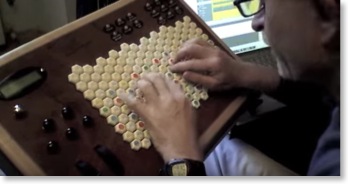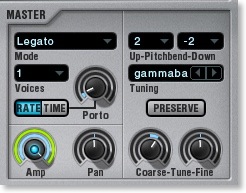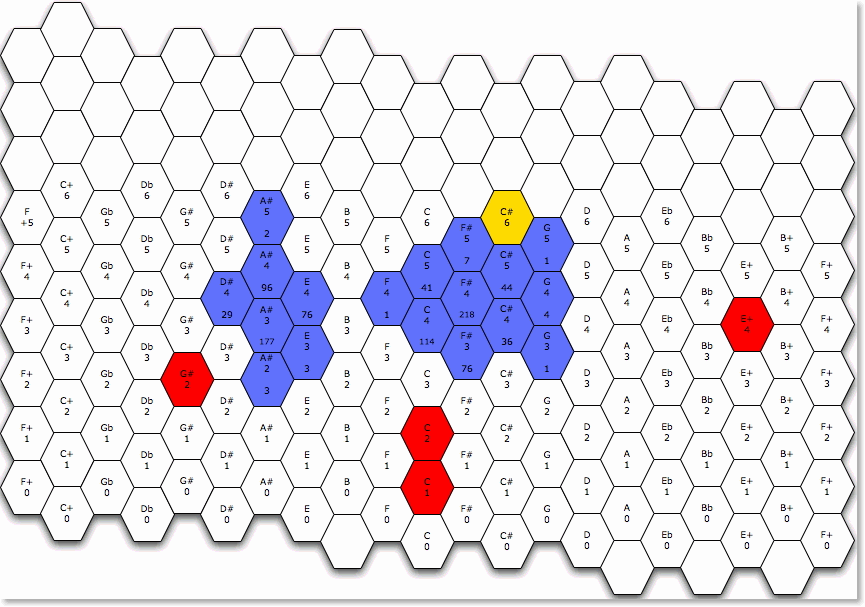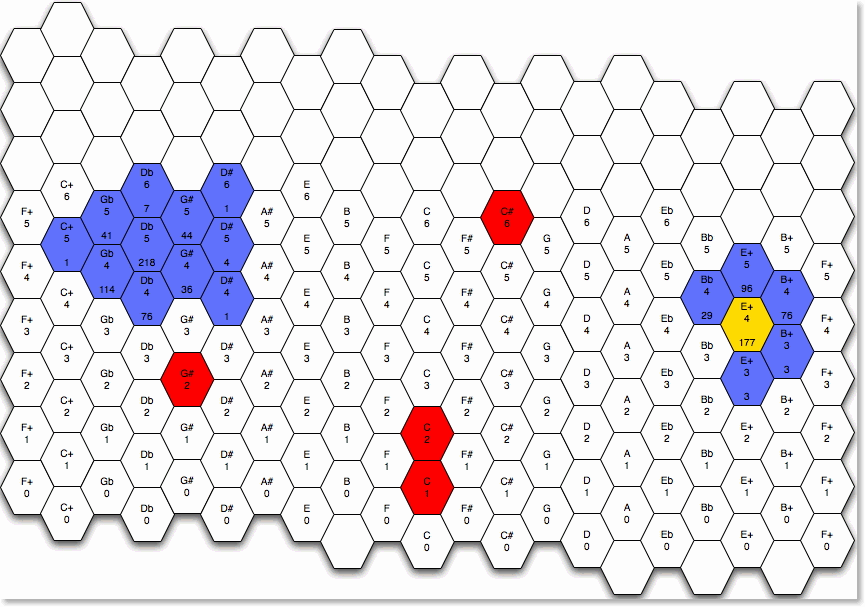Invocation

click on the picture to watch the movie
The genesis of this song has been completely accidental! I have been thinking for some time of creating technical exercises to get a better understanding and muscular memory of Carlos Gamma , playing my Opal Chameleon.
I was working on the first exercise I had devised, that I hope to post on the web soon, when I got lost and went off on a tangent. For some reason I chopped off the first 2 bars of this exercise (arpeggiator and drums) from the rest of it and started improvising. The title came immediately as I was listening to myself playing.
If my previous song (Autumnal Modulations) was described as “super mellow” I would describe this one as “feverish”.
Another comment I received for my previous piece was:
“The coolest part is that as cerebral as your approach is, it still sounds very natural and organic and musical.”
That one is certainly a great compliment and I think it could be applied to this tune too because I feel technology may become transparent to let inspiration flow undisturbed. I did not edit my improvisation at all and only recorded one take.
I would say playing it was the easy part (it did only take a few minutes to set the camera and record it) but it took me a long time to get a grasp of what I had done. Because I had found notes by ear I knew they sounded good to me but when I started analyzing them I noticed there was something wrong, however could not figure out what it was. For example, the note I had considered the root note of the solo did not have any frequency relationship close to 2:1, 4:1 or 8:1 with the root note of the arpeggiator even though I knew it should be something like that. I checked the tuning of the oscillators of the 3 Camel Audio Alchemy’s patches (2 for the arpeggiator and 1 for the solo) that I had used and they were all correct. In the end I figured it out (after a few days): I had missed the master tuning of the patch playing the solo. You can see, on the picture below, the coarse tuning is not at 12 o’clock:


That means the patch is tuned up 12 semitones but because I am using Carlos Gamma, instead of 12tET, 12 steps do not mean 1200 but only 421.173 cents! That’s why the root notes of the solo instrument and of the arpeggiator were not “aligned”! So, basically, I was playing the right notes on the wrong spot. In order to correctly view what I had played I had to turn the master tuning of the solo patch back to zero and transpose the solo track I had recorded, up 12 semitones.
Comparing the transnotated score of the 2 versions of the song I realized that this mistake could also be seen as an incredibly slick trick:


The picture above shows arpeggiator’s notes in red and notes I play, in the video, in blue (the yellow one is played by both).


This picture shows again the arpeggiator’s notes in red. The blue ones are those I should have played (to get the same sonic results of the video) if it wasn’t for the above mentioned mistake. The yellow one is played by both, arpeggiator and solo and is, in fact, the root note of the solo having a frequency ratio close to 4:1 with C1 that is the arpeggiator’s root note.
So, because of the above mentioned mistake, I played with my right hand what I should have played with my left hand and vice versa.
You can easily see that on both diagrams there are 2 blue areas and each one is played by one hand but the 2 areas are inverted. They do not look exactly the same because, when I turned the master tuning of the solo patch back to zero and transposed the solo track up 12 semitones, I went out of range with a couple of notes: A#5 and C#6 of the first version would become E+6 and G#6 on the second one but there are not such notes on the Chameleon (tuned to Carlos Gamma).
You can see those numbers at the bottom of the blue hexagons: they show how many times I played that note on my solo. This kind of pitch class distribution analysis made possible to classify notes between main and passing ones and as a consequence, to create a scale (with possible variations) I unconsciously played:
E+4 - Gb4 (G#4) - Bb4 (B+4) - Db5 - E+5 - Gb5 (G#5)-B+5(missing)-C#6(missing).
Notes in parentheses are alternative ones so, for example, Bb4 and B+4 resemble a minor and a major “third” of E+4 (see diagram below). The last 2 notes are not present but I add them to complete a possible “octave” range.


Another way to look at modes used for this piece is to start from Db4 (175.5 cents below E+4):
Db4 - E+4 - Gb4 (G#4) - Bb4 (B+4) - Db5 - E+5 - Gb5 (G#5)-Bb5(missing)


Again, notes in parentheses are alternative notes. Starting from Db4 there is only one missing note to complete a possible “octave” range.
All note names of this article refer to my “C central” note layout.
Link:
http://www.synthtopia.com/content/2010/11/08/microtonal-dance-music/
P. D. commented:
Crikey mate, you're going some! Shredding! Brought a smile to my face as I sat here by myself, watching and listening! There is beauty and spontaneity, and your analytical explanations are very interesting.


